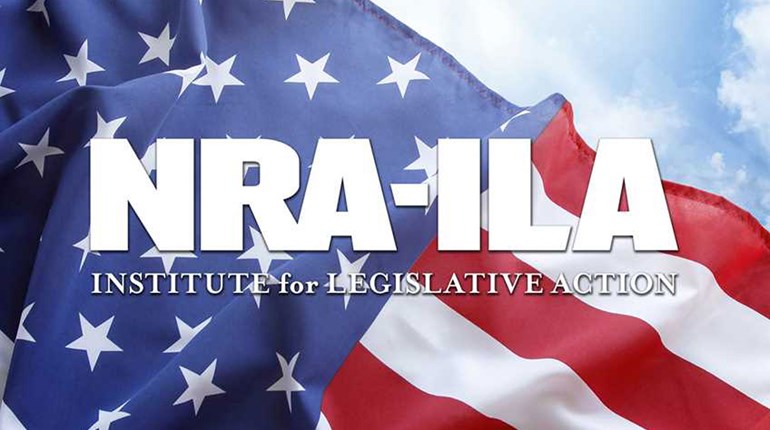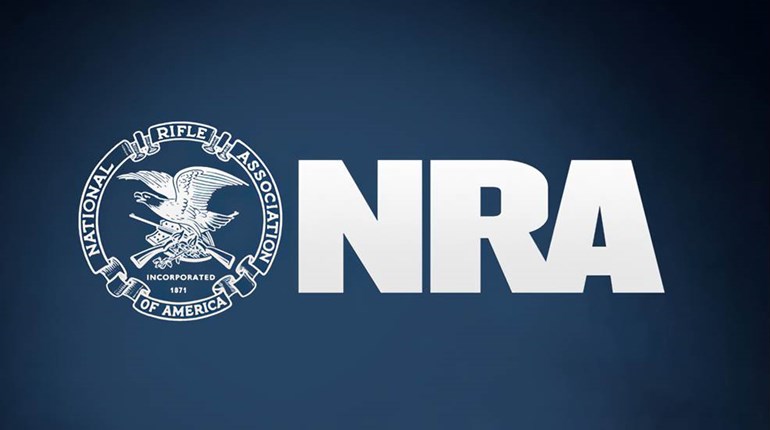
In May, I discussed the Bureau of Alcohol, Tobacco, Firearms and Explosives’ (BATFE) varying interpretations of the phrase “sporting purposes” in federal gun control law. We had just fought the agency to a standstill over its plan to ban the manufacture and importation of the M855 cartridge, the second-most common variety of ammunition for America’s most popular rifle, the AR-15. B. Todd Jones, then director of BATFE, resigned in the aftermath of that debacle, but not before telling a Senate Appropriations Committee that with pistol platforms for the cartridge available, “any” 5.56x45 mm NATO round poses “a challenge for officer safety, public safety.”
With statements like that, Jones will not be missed by the pro-gun community. But the attitude he displayed and the events surrounding M855 ammunition earlier this year point toward a more fundamental problem with federal gun control that will not go away with the tabling of one bad proposal or the departure of another BATFE official. That problem arises from two words—“sporting purposes.”The M855 episode is just the latest example of why the current congressional scheme, administered by the highly politicized BATFE, has become untenable.
While the NRA has no problem with sports, or the sporting use of arms, that phrase misses the point when it comes to the heart of the Second Amendment. By making undefined “sporting purposes” the test for legality under numerous federal firearm laws, Congress not only delegated too much discretion to BATFE, it de-emphasized the primary reason Americans own firearms and the primary purpose of their constitutional protection. That reason is self-defense. The M855 episode is just the latest example of why the current congressional scheme, administered by the highly politicized BATFE, has become untenable. With your help, and the help of Rep. Rob Bishop (R-Utah), the NRA intends to see this problem fixed for good.
In June, Bishop introduced a bill to “revise various laws that interfere with the right of the people to obtain and use firearms for all lawful purposes,” known more simply as the “Sporting Purposes Reform Act.” Before I discuss the specifics of that legislation, I’d like to elaborate upon the meaning of the Second Amendment and its place in American culture and constitutional structure.
When I say that self-defense is at the heart of the Second Amendment, I’m not alone. According to the results of a Pew Research Center poll released in March 2013, “protection” was the No. 1 reason Americans cited for owning a gun, nearly eclipsing all other reasons combined. The percentage mentioning protection was nine points higher than the combined percentage mentioning hunting, target or other shooting sports. Nearly eight in 10 gun owners surveyed revealed that owning a gun made them feel safer. Gallup also reported last November that 63 percent of Americans, a record-high percentage, now believe that having a gun in the home makes it a safer place.
Yet while public sentiment is important, the Constitution has its own independent meaning, established by the Founders and meant to carry the nation through good times and bad. In the case of the Second Amendment, the Supreme Court has made clear that individual protection comprises the “core” of the right to keep and bear arms.
Although gun-control advocates like to pretend otherwise, this was clear even before the landmark Heller and McDonald cases of the 21st century. At the extreme, firearm prohibitionists cite the 1939 case of United States v. Miller as holding the Second Amendment protects only a “collective” right of states to maintain their own militias.
To the contrary, the court’s opinion in that case took for granted that Miller—who never claimed membership in a state militia—could raise a Second Amendment claim against federal regulations that applied to his personally owned short-barreled shotgun. When a bureaucrat takes so narrow a view of “sporting purposes” that the term excludes arms or features specifically because of their suitability for protective purpose, congress must intervene.
The court noted that at the time of the Second Amendment’s ratification, “the militia” was understood to comprise “all males physically capable of acting in concert for the common defense.” When called for service, “these men were expected to appear bearing arms supplied by themselves and of the kind in common use at the time.”
Thus, Miller’s actual participation in an organized militia was considered irrelevant to the resolution of the case. Rather, the court focused on the character of the firearm Miller possessed and whether it could be considered among the “arms” protected by the Second Amendment. Such arms, the opinion indicated, include those in common use at the time which are either “part of the ordinary military equipment” or the use of which “could contribute to the common defense.” Because Miller had not put forth evidence on any of these matters, and because the court could not say as a matter of common knowledge that a short-barreled shotgun met these criteria, it ruled against Miller on the Second Amendment claim.
Nevertheless, what is clear from the court’s opinion is that to be considered within the scope of the Second Amendment, a firearm has to be of the sort that an ordinary person summoned to defend the community would be expected to own and could use for that purpose. While “sporting” arms are not necessarily excluded from this category, the suitability of a firearm for deer hunting or trap shooting is not the controlling inquiry. Rather, the test hinges on the firearm’s usefulness in defense.
The Supreme Court’s opinion in District of Columbia v. Heller reinforced this message. There, the court held that “the right to keep and bear arms” means “the individual right to possess and carry weapons in case of confrontation.” The sort of confrontations the court was referencing are not those involving big game or occurring between contestants at the National Matches. Rather, they involve resistance against lawless acts of violence, whether that involves repelling invasion, suppressing insurrection, opposing tyranny, or protecting one’s home or person against a dangerous criminal. While the Heller court reiterated that preserving the militia justified including the Second Amendment in the Bill of Rights, it also emphasized that purpose did not limit or confine the scope of the right itself. The right to keep and bear arms, the court wrote, is derived from and embodies “the natural right of resistance and self-preservation” and “the right of having and using arms for self-preservation and defence [sic].”
The Heller court determined that handguns were among the arms protected by the Second Amendment, not because they are used for Bullseye or silhouette competition, but because the people themselves choose them to defend life and property. The “American people have considered the handgun to be the quintessential self-defense weapon,” the court stated. Accordingly, “a complete prohibition of their use is invalid.”
Two years later, in McDonald v. Chicago, the Supreme Court reasserted that “[s]elf-defense is a basic right … and … individual self-defense is ‘the central component’ of the Second Amendment right.”Bishop’s description of the bill speaks volumes: “The Founding Fathers recognized that the right to bear arms is fundamentally tied to self-defense. This is as true today as it was more than two centuries ago when the Bill of Rights was ratified."
Against this backdrop, the idea that federal firearm law should draw the line of legality at “sporting purposes” is clearly not sustainable, at least not when BATFE insists on making artificial distinctions of the sort I discussed in May between the “sporting” and practical uses of firearms. The fundamentals of marksmanship and the proper handling of firearms developed in a sporting context can certainly be transferrable to the “real world” use of firearms in a confrontation. Yet when a bureaucrat takes so narrow a view of “sporting purposes” that the term excludes arms or features specifically because of their suitability for protective purposes, Congress must intervene.
That’s exactly what Bishop’s bill would do. By removing “sporting purposes” as the governing standard in various provisions of the Gun Control Act and the National Firearms Act, the legislation would accomplish a world of good for gun owners. The bill would eliminate BATFE’s authority to reclassify popular rifle ammunition as “armor-piercing ammunition.” It would ensure the same types of firearms and ammunition already commonly available to Americans from domestic manufacturers could also be imported. It would protect shotguns, shotgun shells and larger-caliber rifles from arbitrary classification as highly restricted “destructive devices.”
Bishop’s description of the bill speaks volumes: “The Founding Fathers recognized that the right to bear arms is fundamentally tied to self-defense. This is as true today as it was more than two centuries ago when the Bill of Rights was ratified. The BATFE has exploited vagaries present in federal gun law to chip away at basic rights. This legislation will slap the over-reaching hand of the federal government and restore some of the freedoms our grandparents enjoyed.”
Reform of this sort is long overdue, and we thank Bishop for his leadership in this vital effort. It’s time for BATFE to stop gaming your rights. It’s time for Congress to blow the whistle on “sporting purposes.”


































